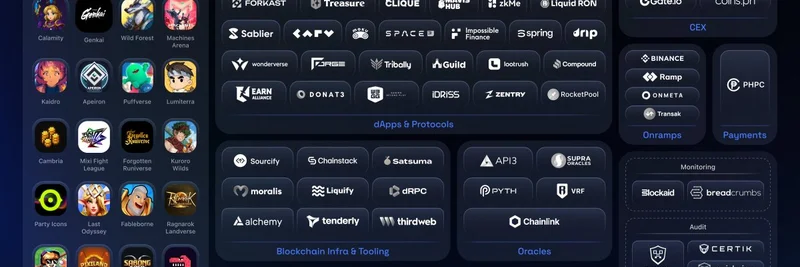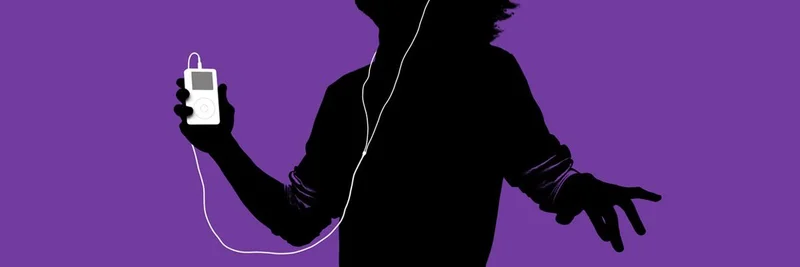In the fast-paced world of blockchain, shifts in strategy can signal major trends. Recently, Haseeb Qureshi, managing partner at Dragonfly Capital, highlighted a fascinating development in a tweet that's got the crypto community buzzing. Ronin Network, the blockchain behind the massively popular Axie Infinity game, is making a bold move: transitioning from an independent Layer 1 (L1) chain back to Ethereum as a Layer 2 (L2) solution. This "homecoming," as Ronin calls it, isn't just a technical upgrade—it's a strategic pivot that could have big implications for meme tokens and the broader gaming ecosystem.
Let's break this down step by step, starting with the backstory. Ronin was born out of necessity four years ago when Axie Infinity exploded in popularity. Ethereum, the dominant blockchain at the time, was struggling with high gas fees and slow transaction speeds—issues that made it tough for a game requiring frequent, low-cost interactions. So, the team at Sky Mavis built Ronin as a sidechain (essentially an L1) optimized for gaming. It worked wonders, powering Axie's rise to fame and even earning a spot in the Guinness Book of World Records for the highest NFT trading volume.
Fast forward to today, and Ethereum has evolved dramatically. Thanks to upgrades like Dencun, transaction costs are at all-time lows, and speeds are lightning-fast. Haseeb points out the irony: just a year ago, projects like Movement Labs were ditching L2 plans to go full L1 because L2s had become a "toxic meme" amid scaling debates. Now, Ronin is flipping the script, embracing Ethereum L2 status to tap into its security, decentralization, and growing institutional interest. As Haseeb notes, this reflects how quickly sentiments can change in crypto, especially with Wall Street eyeing Ethereum more seriously.
What Does This Mean for Ronin?
In their announcement thread, Ronin outlines their vision to become the "gamification engine of Ethereum." Gaming remains core—think Axie Infinity, Pixels, and dozens of other titles—but they're expanding beyond. With 31 million wallet downloads, over $4.2 billion in NFT volume, and ranking as the fourth most-used blockchain in 2024, Ronin has solid traction. As an L2, they'll benefit from Ethereum's robust infrastructure, making transactions 12 times faster while inheriting its security.
One exciting feature is the introduction of "Proof of Distribution," a new staking model that redirects $RON token rewards from passive validators to active builders and contributors. This creates a flywheel: stake $RON to support developers, who in turn build more engaging apps, attracting users and boosting the ecosystem. For meme token enthusiasts, this is huge. Gamification often overlaps with meme culture—think viral challenges, community-driven events, and token airdrops. Lower fees and faster speeds on Ronin could make it a hotspot for launching meme coins tied to games, where players earn, trade, and meme their way to profits.
Roadmap and Opportunities for Builders
The transition is phased: first, aligning with Ethereum's tech stack, then full L2 integration by next year. This requires governance votes and engineering from Sky Mavis, but the payoff is immense. Builders get incentives too—up to $50K in $RON grants for proven projects via Ronin Forge, or $20K for early ideas through Lightning Grants. If you're a dev eyeing meme token launches or gamefi dApps, now's the time to dive in.
New users can start easily: download the Ronin Wallet and explore the Discovery Page for games, tokens, and events. The bigger picture? Ronin is positioning itself as "Ethereum's Nintendo," blending fun with finance to attract institutional players. With Ethereum drawing Wall Street capital, as hinted in community replies (like BlackRock's former digital assets head focusing on ETH), this could elevate gaming and memes to new heights.
Implications for Meme Tokens
Meme tokens thrive on community, virality, and low barriers to entry. Ronin's L2 shift lowers those barriers even more, potentially sparking a wave of game-inspired memes. Imagine meme coins integrated into Axie battles or Pixels farms, where holding a token unlocks in-game perks or airdrops. The gamification engine angle means more tools for creators to build engaging, token-driven experiences—think leaderboards, quests, and social features that turn memes into playable assets.
Haseeb's tweet captures the sentiment perfectly: "What a difference a year can make." In crypto, adaptability is key, and Ronin's move shows how aligning with Ethereum's resurgence can unlock growth. Whether you're a gamer, memer, or investor, keep an eye on Ronin—it might just be the next big playground for blockchain innovation.
For more on meme tokens and blockchain trends, check out our knowledge base at Meme Insider. What's your take on Ronin's homecoming? Drop a comment below!


